This seems relatively straight forward, but I have yet to find a duplicate that answers my question, or a method with the needed functionality.
I have an Excel spreadsheet where each column that contains data has a unique header. I would like to use pandas to get the letter key of the column by passing this header string into a function.
For example, if I pass "Output Parameters" to the function, I would like to return "M":
The closest thing that I have found is the xlsxwriter.utility.xl_col_to_name(index) method outlined in the second answer in Convert spreadsheet number to column letter
This is very similar to what I am trying to do, however the column numbers within my sheets will not remain constant (unlike the headers, which will). This being said, a method that can return the column number based on the header would also work, as I would then be able to apply the above.
Does pandas or xlsxwriter have a method that can handle the above case?
